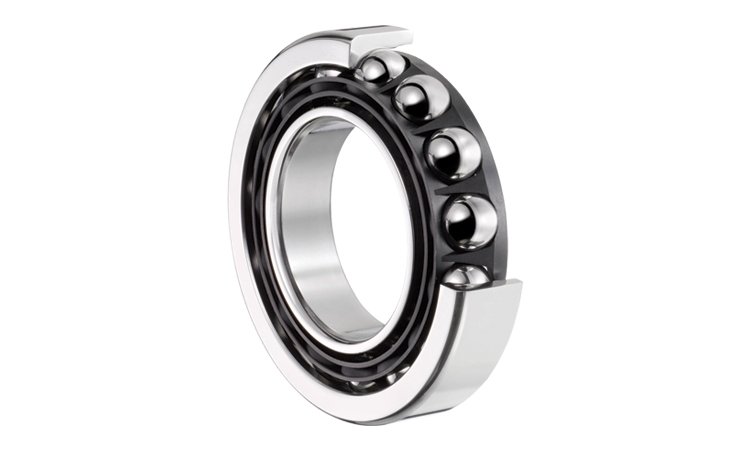Rolling elements, the essential components inside rolling bearings, are the unsung heroes of modern machinery. From tiny motors to massive industrial machines, these elements ensure smooth operation, reducing friction, wear, and energy loss. Rolling elements come in various shapes and sizes, each playing a crucial role in supporting and stabilizing rotating shafts, enabling machines to run efficiently and with greater longevity.
The Role of Rolling Elements
The primary function of rolling elements in a bearing is to facilitate the smooth rotation or linear movement of machine components by reducing friction between the moving parts. They achieve this by replacing sliding contact with rolling contact, which significantly lowers the resistance encountered in moving components. The reduced friction leads to lower energy consumption, less heat generation, and improved performance and reliability of machinery.
Types of Rolling Elements
Balls
- Structure: Balls are the most common rolling elements used in bearings. They are spherical in shape and roll between two raceways, typically in ball bearings.
- Applications: Ball bearings are found in a wide array of applications, from electric motors, automotive components, and appliances to high-speed machinery where minimal friction is required.
- Advantages: Ball bearings are versatile, handling both radial and axial loads and offering high speed and durability. However, they may not be ideal for heavy radial loads as their point contact limits load distribution.
Cylindrical Rollers
- Structure: Cylindrical rollers have a longer length compared to their diameter and provide a larger contact area than balls. They are commonly used in roller bearings.
- Applications: These rolling elements are ideal for applications involving high radial loads such as gearboxes, industrial machines, and heavy-duty applications in the automotive and aerospace industries.
- Advantages: The increased surface area helps distribute load more evenly, which makes cylindrical rollers suitable for handling heavier loads compared to ball bearings.
Tapered Rollers
- Structure: Tapered roller bearings feature rolling elements with a conical shape. This design allows them to handle both radial and axial loads simultaneously.
- Applications: Commonly used in applications requiring both types of loads, such as automotive
wheel hubs, gearboxes, and railway axles. - Advantages: Tapered roller bearings provide better load distribution and are highly efficient at handling combined loading, making them a popular choice for heavy-duty operations.
Rollers
- Structure: Needle roller bearings are similar to cylindrical rollers but have a much smaller diameter. Their elongated shape allows for high load carrying capacity while occupying minimal space.
- Applications: These rolling elements are used in compact spaces with heavy loads, such as automotive engines, transmissions, and in applications requiring high-speed rotation with limited space.
- Advantages: Needle rollers are designed for applications with limited radial space and are ideal for carrying heavy radial loads despite their small size.
Spherical Rollers
- Structure: Spherical rollers are large, barrel-shaped rolling elements that are used in bearings designed to accommodate misalignment. Their design allows them to handle both radial and axial loads in any direction.
- Applications: Spherical roller bearings are often used in equipment exposed to misalignment and shock loads, such as mining machinery, crushers, and steel mills.
- Advantages: These bearings are capable of accommodating high radial loads and slight misalignments, making them ideal for rugged industrial environments.
Materials Used for Rolling Elements
Rolling elements are made from a variety of materials, each selected to suit the operational demands of the specific bearing application. The most commonly used materials include:
- High-Carbon Chromium Steel: The most common material used for rolling elements, known for its high wear resistance, hardness, and strength. It is ideal for high-speed and high-load applications.
- Stainless Steel: Used when corrosion resistance is critical, such as in food processing, medical equipment, or in environments with moisture.
- Ceramics: Ceramic rolling elements, such as silicon nitride, are used in applications requiring high-speed rotation, high-temperature resistance, and reduced friction.
- Polymer Materials: In some cases, rolling elements are made from durable polymers, especially for light-load or low-speed applications.
Rolling elements are fundamental components in ensuring smooth, efficient, and reliable operation of modern machinery. As technological advances continue to improve material quality, design, and lubrication methods, rolling elements will remain at the core of innovation in bearing technology, pushing the boundaries of efficiency, load capacity, and durability.



